Calving preparations are continuing on Frank Goodman’s farm near Carrickamcross, Co Monaghan. The main focus is on the dry cow diet, calf rearing accommodation and getting livestock out to grass in the next few weeks.
Most cows in the herd are spring calving and this group are due to start calving within the next two weeks, although one heifer has calved down already.
There are currently 35 cows going through the parlour; 55 cows are dry, and 10 cows have been recently culled.
The milking herd, of which half are autumn calvers and the other half are late spring calvers, are currently averaging 18l/cow/day at 4.4% butterfat and 3.5% protein.
Milking cows are receiving 35kg of grass silage, 5kg of maize silage and 2kg of 20% crude protein concentrate blend. In the parlour, autumn-calving cows are getting 6kg of a 20% concentrate and late lactation spring-calving cows are receiving 2kg.
Cows due in late March will be dried off by the end of January to allow them a six- to eight-week dry period. Frank has been using selective dry cow therapy when drying off for the last two seasons.
Dairylink: Planning for a busy spring in Monaghan.
OAD
Frank adopted a once-a-day milking regime with the herd before Christmas and is satisfied with progress to date. The workload was significantly reduced over the festive period.
Body condition within the herd appeared to improve and average herd condition score is between 2.75 and 3.0.
However, somatic cell count (SCC) is averaging around 250,000 cells/ml. Frank plans to review individual cell counts within the herd to identify which cows are contributing most to this figure and then dry these cows off.
The milking herd, of which half are autumn calvers and the other half are late spring calvers, are currently averaging 18l/cow/day at 4.4% butterfat and 3.5% protein
Diet review
Dry cows were receiving a diet of grass silage, maize silage, straw and concentrates. Following a review of the diet which included a mineral analysis of the forages being fed, we decided to make a few changes to the dry cow diet.
The new ration has a metabolisable energy of 10.3 MJ/kgDM and overall crude protein stands at 12.7%. A breakdown of the new diet is given in Table 1.
A key change from the review includes switching to a 20% crude protein pre-calver concentrate and adding more straw in the diet to help reduce the dietary cation anion balance (DCAB) of the diet.
High DCAB can be an issue in dry cow silage and puts cows at greater risk of developing milk fever after calving. It is typically the result of silage being made from ground that received high levels of potassium through slurry and/or compound fertiliser.
The other main change to dry cow diet was increasing crude protein levels by adding soya at 0.5 kg/cow/day to the ration. This aims to maintain colostrum quality in the herd and get calves off to the best possible start.
Herd health and calf management plans
Another important part of calving preparations on the Goodman farm has been the herd health programme. Cows received a vaccination for salmonella in September and, at drying off, cows get vaccinated for rotavirus and IBR.
Milking cows and in-calf heifers have received a vaccination for IBR in the last week, while weanlings were also recently vaccinated for leptospirosis and BVD, with a booster for BVD to be administered later. Plans are also in place to vaccinate the milking herd for leptospirosis and BVD.
Frank critically reviewed calf-rearing accommodation over the winter and has subsequently installed an overhanging platform at the rear of the pens for storing straw. This reduced the workload associated with bedding pens and should help ensure that calf accommodation will be adequately bedded with dry, clean straw.
Frank also said the platforms appear to be creating additional shelter for the calves from wind and draughts.
The mild conditions experienced on the Monaghan farm over the last two months appear to indicate that there is more grass on the milking platform and outfarms than would normally be expected for this time of year.

Frank has installed an overhanging platform at the back of grouped calf pens for storing straw.
Grass and soil
Frank, like all Dairylink Ireland participants, is encouraged to walk his farm over the next week to review grass covers. He wants to determine if it is possible to turn weanlings out to paddocks on an outfarm before the end of January.
Programme farmers are also being asked to measure grass covers on milking platforms before the end of the month to establish how much grass is available for cows if ground conditions allow grazing to resume in February.
Individual soil samples from each field on Frank’s farm have been taken and the results of the soil analysis will be used to base a slurry and fertiliser plan for the year ahead. Slurry spreading during February will be targeted to fields with low phosphorus and potassium indexes.
Weekly round-up
Frank Goodman is the only Dairylink Ireland phase two participant with a mainly spring-calving profile.Calf accommodation on the Goodman farm has been renovated, cleaned and disinfected ahead of the 2020 calving season.Soil samples and the first grass measurements of the year are being taken on programme farms at present. Read more
Calving preparations under way in Monaghan
Dairylink: getting more from summer grass in Derry
Calving preparations are continuing on Frank Goodman’s farm near Carrickamcross, Co Monaghan. The main focus is on the dry cow diet, calf rearing accommodation and getting livestock out to grass in the next few weeks.
Most cows in the herd are spring calving and this group are due to start calving within the next two weeks, although one heifer has calved down already.
There are currently 35 cows going through the parlour; 55 cows are dry, and 10 cows have been recently culled.
The milking herd, of which half are autumn calvers and the other half are late spring calvers, are currently averaging 18l/cow/day at 4.4% butterfat and 3.5% protein.
Milking cows are receiving 35kg of grass silage, 5kg of maize silage and 2kg of 20% crude protein concentrate blend. In the parlour, autumn-calving cows are getting 6kg of a 20% concentrate and late lactation spring-calving cows are receiving 2kg.
Cows due in late March will be dried off by the end of January to allow them a six- to eight-week dry period. Frank has been using selective dry cow therapy when drying off for the last two seasons.
Dairylink: Planning for a busy spring in Monaghan.
OAD
Frank adopted a once-a-day milking regime with the herd before Christmas and is satisfied with progress to date. The workload was significantly reduced over the festive period.
Body condition within the herd appeared to improve and average herd condition score is between 2.75 and 3.0.
However, somatic cell count (SCC) is averaging around 250,000 cells/ml. Frank plans to review individual cell counts within the herd to identify which cows are contributing most to this figure and then dry these cows off.
The milking herd, of which half are autumn calvers and the other half are late spring calvers, are currently averaging 18l/cow/day at 4.4% butterfat and 3.5% protein
Diet review
Dry cows were receiving a diet of grass silage, maize silage, straw and concentrates. Following a review of the diet which included a mineral analysis of the forages being fed, we decided to make a few changes to the dry cow diet.
The new ration has a metabolisable energy of 10.3 MJ/kgDM and overall crude protein stands at 12.7%. A breakdown of the new diet is given in Table 1.
A key change from the review includes switching to a 20% crude protein pre-calver concentrate and adding more straw in the diet to help reduce the dietary cation anion balance (DCAB) of the diet.
High DCAB can be an issue in dry cow silage and puts cows at greater risk of developing milk fever after calving. It is typically the result of silage being made from ground that received high levels of potassium through slurry and/or compound fertiliser.
The other main change to dry cow diet was increasing crude protein levels by adding soya at 0.5 kg/cow/day to the ration. This aims to maintain colostrum quality in the herd and get calves off to the best possible start.
Herd health and calf management plans
Another important part of calving preparations on the Goodman farm has been the herd health programme. Cows received a vaccination for salmonella in September and, at drying off, cows get vaccinated for rotavirus and IBR.
Milking cows and in-calf heifers have received a vaccination for IBR in the last week, while weanlings were also recently vaccinated for leptospirosis and BVD, with a booster for BVD to be administered later. Plans are also in place to vaccinate the milking herd for leptospirosis and BVD.
Frank critically reviewed calf-rearing accommodation over the winter and has subsequently installed an overhanging platform at the rear of the pens for storing straw. This reduced the workload associated with bedding pens and should help ensure that calf accommodation will be adequately bedded with dry, clean straw.
Frank also said the platforms appear to be creating additional shelter for the calves from wind and draughts.
The mild conditions experienced on the Monaghan farm over the last two months appear to indicate that there is more grass on the milking platform and outfarms than would normally be expected for this time of year.

Frank has installed an overhanging platform at the back of grouped calf pens for storing straw.
Grass and soil
Frank, like all Dairylink Ireland participants, is encouraged to walk his farm over the next week to review grass covers. He wants to determine if it is possible to turn weanlings out to paddocks on an outfarm before the end of January.
Programme farmers are also being asked to measure grass covers on milking platforms before the end of the month to establish how much grass is available for cows if ground conditions allow grazing to resume in February.
Individual soil samples from each field on Frank’s farm have been taken and the results of the soil analysis will be used to base a slurry and fertiliser plan for the year ahead. Slurry spreading during February will be targeted to fields with low phosphorus and potassium indexes.
Weekly round-up
Frank Goodman is the only Dairylink Ireland phase two participant with a mainly spring-calving profile.Calf accommodation on the Goodman farm has been renovated, cleaned and disinfected ahead of the 2020 calving season.Soil samples and the first grass measurements of the year are being taken on programme farms at present. Read more
Calving preparations under way in Monaghan
Dairylink: getting more from summer grass in Derry





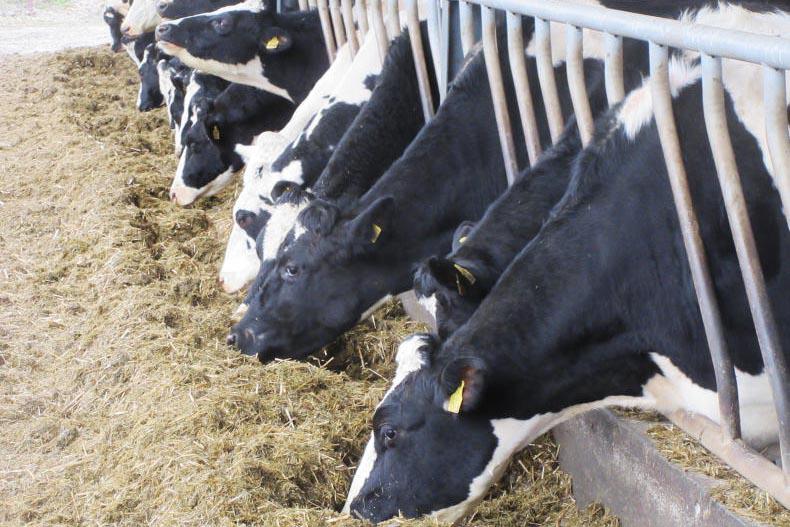
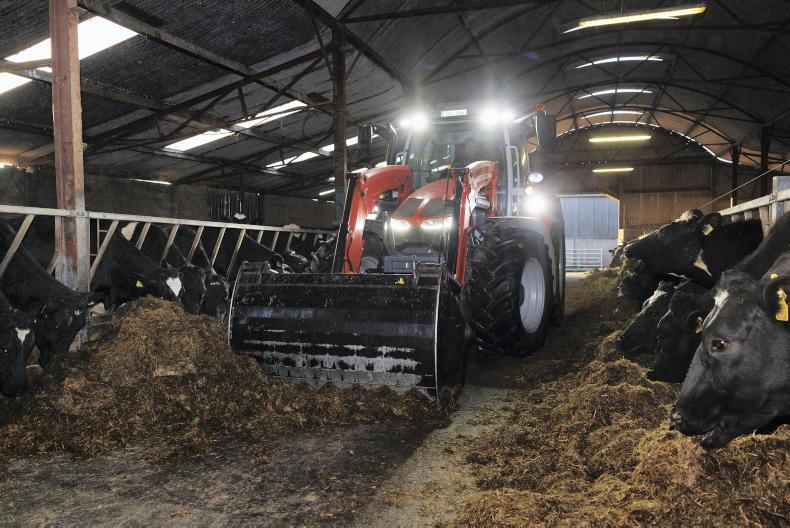
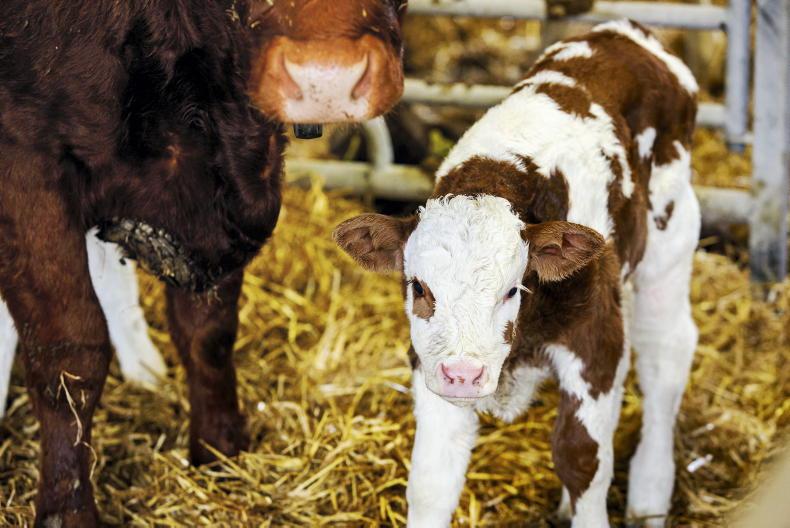
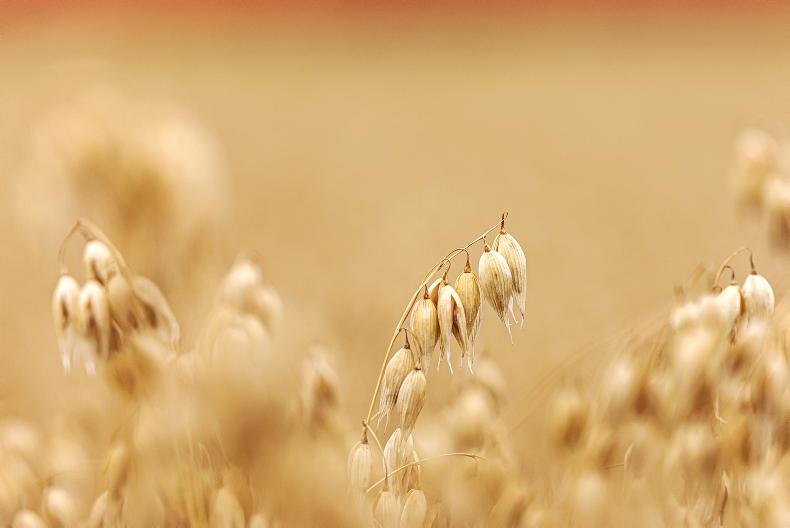
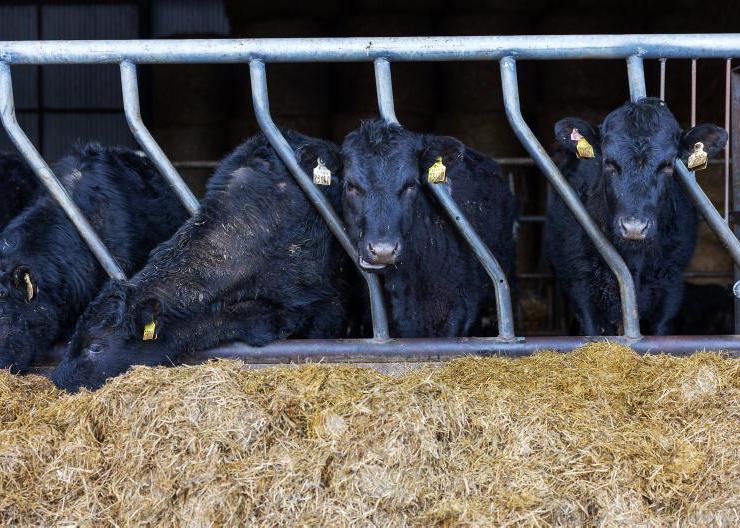
SHARING OPTIONS